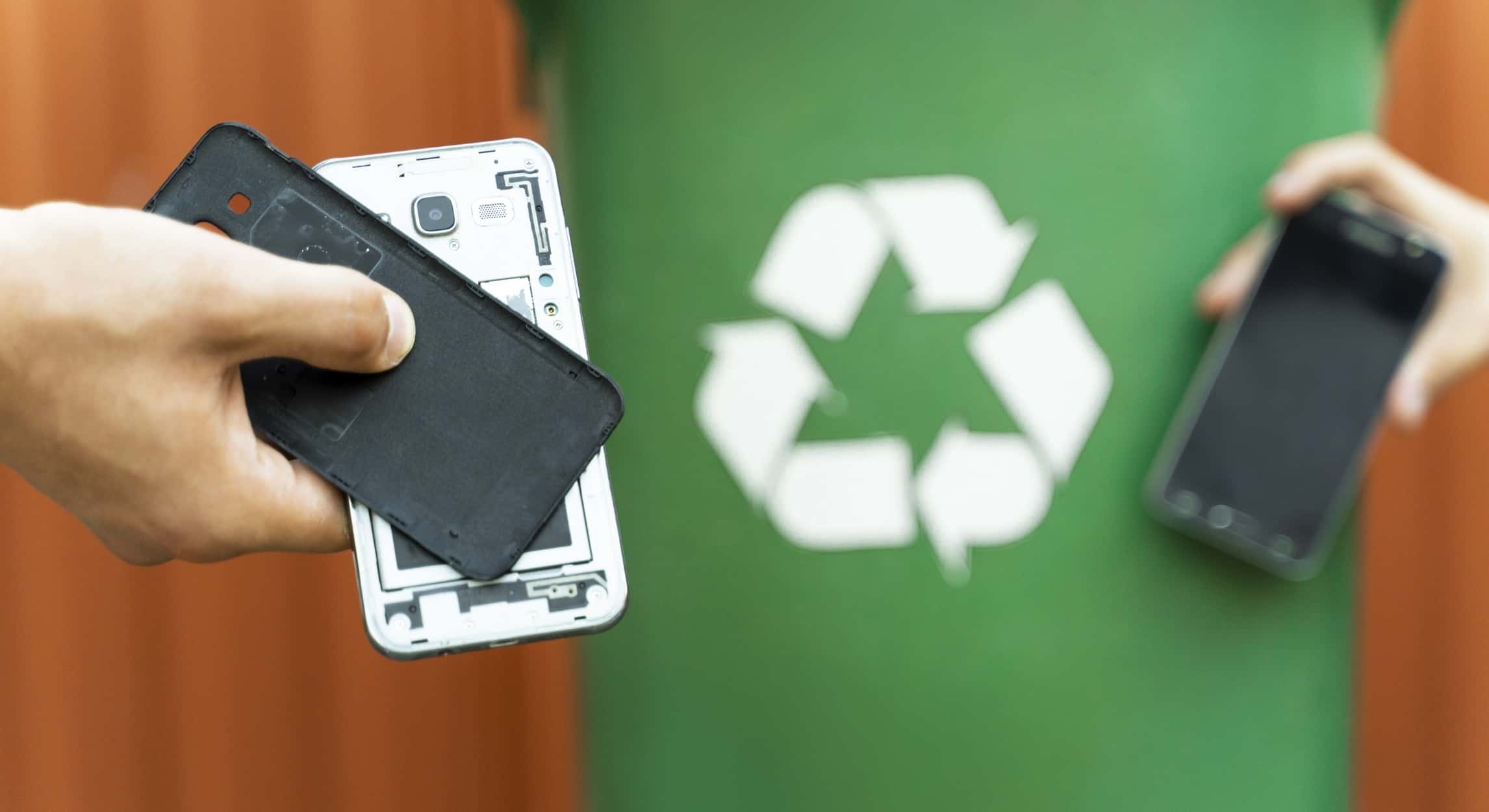
17 Mar BFRs support durability and plastic recyclability in the context of the EU Circular Economy Action Plan
The European Parliament non-binding report on the New Circular Economy Action Plan attests to the importance of the Commission initiatives on circular economy and proves that Europe is firmly on a path that decouples growth from resource use. The bromine industry strongly supports the shift from a linear economy to a circular economy and confirms its commitment to design out waste and foster the efficient use of energy and resources.
Making sustainable products the norm and putting circular economy principles at the centre of a ‘green recovery’ are the main calls voiced in the Parliament report, which focuses among other things on durability, recyclability, as well as resource and energy efficiency. The bromine industry is working closely with authorities, its value chains and other stakeholders to encourage further sustainable solutions across the different applications of bromine.
Bromine-based technologies contribute to sustainability and circularity
Materials containing brominated flame retardants (BFRs) are used to build complex infrastructure, homes, cars, electronics, as well as to produce consumer goods Despite the differences in the lifetime of these products, the use of brominated flame retardants enables product durability while enhancing product safety and preventing fire.
Furthermore, BFRs-containing materials can be safely handled at their end-of-life. This is the case for instance for BFRs used in plastic polymers and resins in electrical and electronic equipment, as we have mentioned in the last edition of Let´s Talk Bromine. The majority of such products can be recovered and recycled and, depending on the particular product or materials, even the basic chemicals can be recovered. Where BFRs are added to the polymer mix, for instance in vehicles or electrical and electronic products, these products can be recycled mechanically to recover different technical plastics for reuse in new plastic parts and components.
Fostering plastic recyclability is a key sustainability issue and a priority under the New Circular Economy Action Plan.¹ With 89% of Europeans worried about the environmental impact of plastic (Eurobarometer, 2017), policymakers and stakeholders are increasingly putting pressure on these materials, perceived as a major cause of environmental pollution. BFRs do not compromise plastics recyclability. In fact, they present excellent stability during recycling. One benefit of this is that the fire safety of recyclates is comparable to that offered by virgin materials.
Brominated Flame Retardants are not hindering the recycling of WEEE plastics says new study
In line with the waste hierarchy, when BFRs are used reactively, for instance in FR printed circuit boards, the resin base of the circuit boards can be recovered as energy. At the same time, they do not contaminate recycling and allow for the recovery of valuable precious metals. This contributes to the circular economy objective of improving resource efficiency and enhancing the secondary market.
Making sustainable products the norm and putting circular economy principles at the centre of a ‘green recovery’ are the main calls voiced in the recent European Parliament report, which emphasised among other things durability, recyclability, as well as resource and energy efficiency of products.
A recent study conducted by sustainability consultants, SOFIES, has demonstrated that BFRs do not hinder the yield from WEEE plastics recycling. BFR containing plastics (contained within epoxy resins used for printed wiring circuit boards) and other technical plastics account for only 8% of all WEEE plastics. 98% of these BFR containing plastics can currently be separated and disposed of through official WEEE recycling channels in accordance with the WEEE Directive. The study noted that substitution of BFRs with alternative FRs might actually lead to regrettable substitution by having a more detrimental impact on plastic yield and quality from end of life electrical and electronic equipment. The study also revealed the real issue with respect to recycling of WEEE plastics. Of the estimated 2.6 million tons of WEEE plastics generated in the EU each year, some 360,000 tonnes is undocumented in terms of its final treatment and disposal.
“The recycling technologies are available, so everything is in place for the Circular Economy. We absolutely need more of WEEE plastic recycling!”
Chris Slijkhuis, General Manager of MGG Polymers & board member of the European Electronics Recyclers Association (EERA)
Nowadays approximately 2.6 million tons of WEEE plastics are generated annually in Europe; Plastic containing BFRs is representing about 8% of the total. Restricted BFRs (e.g. Octa-BDE and Deca-BDE) only represent a small and rapidly declining fraction of all BFRs found in WEEE plastic streams reflecting the restriction on the use of these substances for more than a decade (2003 for Octa-BDE, 2008 for Deca-BDE).
BFR plastics recycling is already the reality; technologies are available to support circular economy, we all just need more of WEEE plastic recycling. It is clear that the functioning of the secondary market needs better market and regulatory incentives to work properly, including addressing the interface of often contradicting products and waste legislation or allowing the free movement of WEEE plastics in Europe.
Read the full report – Study on the Impacts of Brominated Flame Retardants on the Recycling of WEEE plastics in Europe.
¹ https://ec.europa.eu/environment/circular-economy/




No Comments